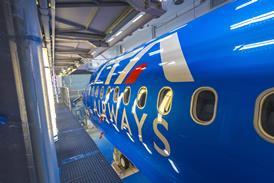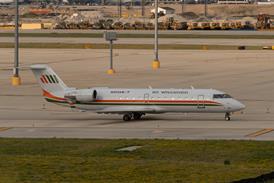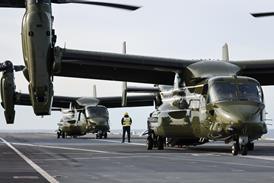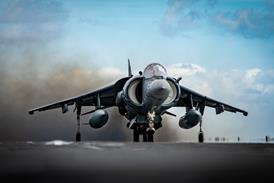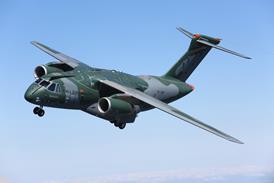Debt investors are determined to make issuers pay up for additional risk in the aircraft asset-backed securities market, as highlighted in recent days by Aergo Capital's inaugural $605 million securitisation.
The deal took longer than usual to price, which may suggest that investors were examining it closely. Typically, ABS deals price within "seven to 10 calendar days" or "two weeks", say two sources who have worked on such deals as bankers; but METAL 2017-1 launched on 12 October and priced on 30 October.
It also priced higher than comparative deals. The A tranche got the widest spread this year, of 261 basis points over US Treasuries, according to Bloomberg.
This spread is only one point behind that of Dubai Aerospace Enterprise's securitisation FLCON-2017-1, which got the same coupon for its A tranche, and significantly tighter than Elix's all-turboprop securitisation PROP 2017-1, which achieved a 5.3% coupon (338bps over US Treasuries) in February. It's important to point out that all three are first-time issuers.
Two sources confirm to FlightGlobal that the Aergo deal's yields are: 4.625% for the A tranche, 7% for the Bs, north of 8.5% for the C1s and north of 10% for the C2s. According to these numbers and Bloomberg's, the spreads over US Treasuries are 261bps, 453bps, 640bps and 827bps.
The higher pricing and length of time the deal took to price suggest that investors wanted compensation for taking on extra risks, similar to the premiums associated with Elix's all-turboprop deal.
Arguably, the METAL 2017-1 asset pool is weak, made up mostly of third-tier credits and some niche aircraft types like the Boeing 737-900ERs.
There is also concentration risk. Some 97% of the aircraft are on lease to airlines in emerging markets, 30% of which are on lease to one holding company, Lion Air Group. Moreover, nearly 24% of the portfolio value is tied up in two widebodies for which there is softness in the market. And one of the two Airbus A330s is contracted to South African Airways, an airline in line for a fresh government bailout.
The portfolio does have some attributes that may at first glance be considered credit-positives. The average lease is 7.8 years, for instance, reducing the releasing risk, as Kroll Bond Rating Agency points out in its report, rating the A, B, C1 and C2 tranches as A, BBB, BB and B, respectively.
While the average lease term is above average compared with other ABS transactions – given the concentration of the portfolio in emerging markets and the fact that an aviation downturn is predicted for 2018-2022 by KBRA – it is possible that some of those aircraft could be returned earlier than intended.
A lot can happen in aviation over eight years, after all. Eight years ago the USA had five majors: American, Continental, Delta, United and US Airways. Now there are three.
Presumably the additional risks that the METAL 2017-1 asset pool poses caused investors to demand higher coupons.
The pricing that the deal achieved shows that investors will make issuers pay up for a riskier collateral.
Source: Cirium Dashboard


